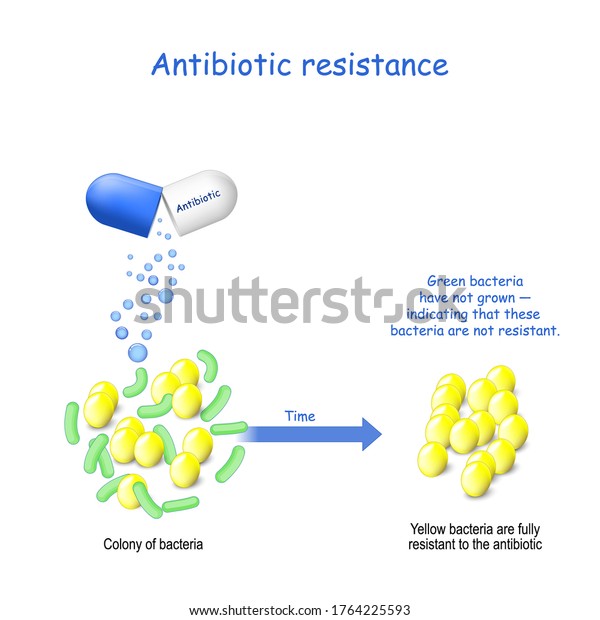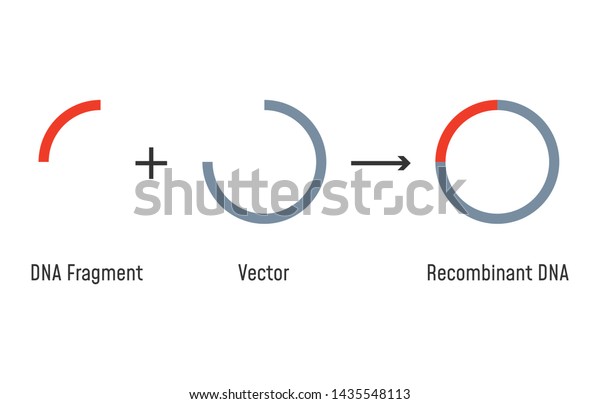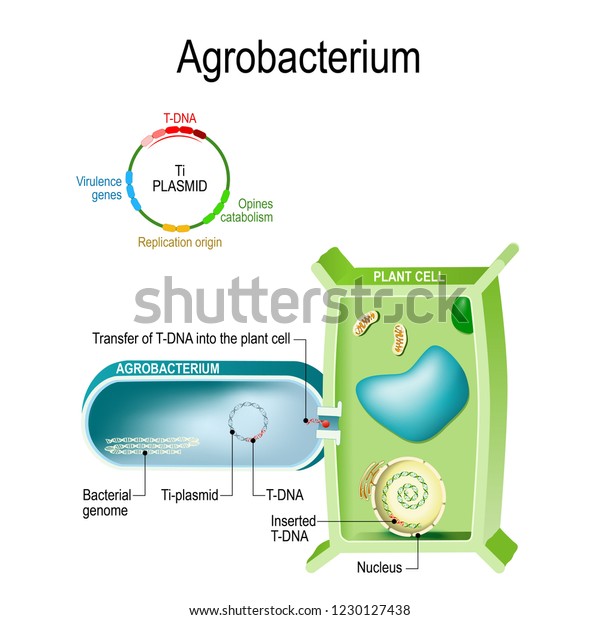preface
There are two types of transformation






Welcome to agricultural biotechnology Comment Section
We are thrilled to have you join our community of passionate individuals interested in agriculture science, molecular work, and biotechnology techniques . Your thoughts, questions, and insights are valuable to us, and we encourage open and constructive discussions.
Here are a few guidelines to ensure that our comment section remains informative and respectful:
Stay On Topic: Please keep your comments related to the blog post's content. If you have off-topic questions or suggestions, feel free to contact us directly.
Respect Others: Treat fellow commenters with respect and kindness. We embrace diverse perspectives, but hate speech, harassment, or offensive language will not be tolerated.
No Spam: Avoid posting promotional or irrelevant links. Comments that are clearly spammy will be removed.
Share Knowledge: If you have insights, experiences, or additional information related to the topic, please share it. Your contributions can enhance everyone's understanding.
Ask Questions: Don't hesitate to ask questions or seek clarification. We're here to foster learning and knowledge exchange.
Cite Sources: If you're referencing specific studies or research, please provide citations or links when possible.
By following these guidelines, we can maintain a vibrant and informative comment section that benefits all readers. Let's grow together in our understanding of agriculture science, molecular work, and biotechnology.
Thank you for being a part of our community, and we look forward to your contributions!
Best regards,
Our Scientific team.
Here is a blog post that I wrote on mutagenesis by using seed samples with the latest research going on. I hope you find it interesting an...

Good initiative and keep it up forever
ReplyDelete